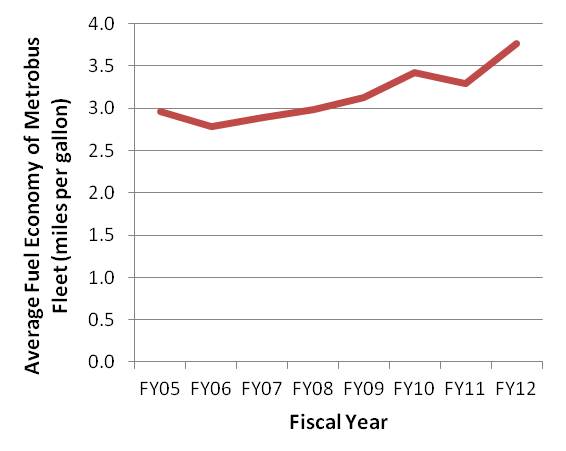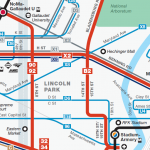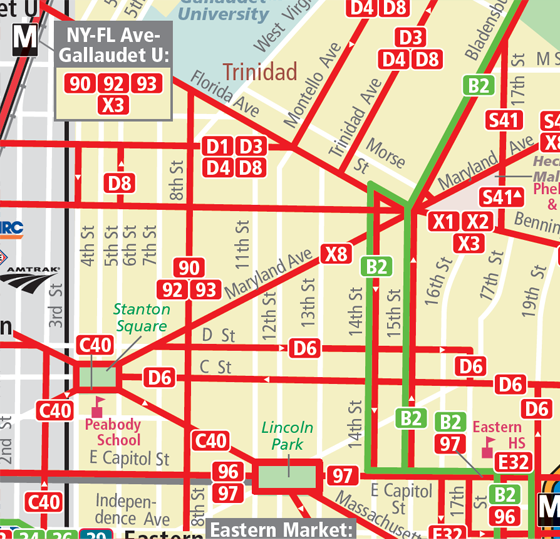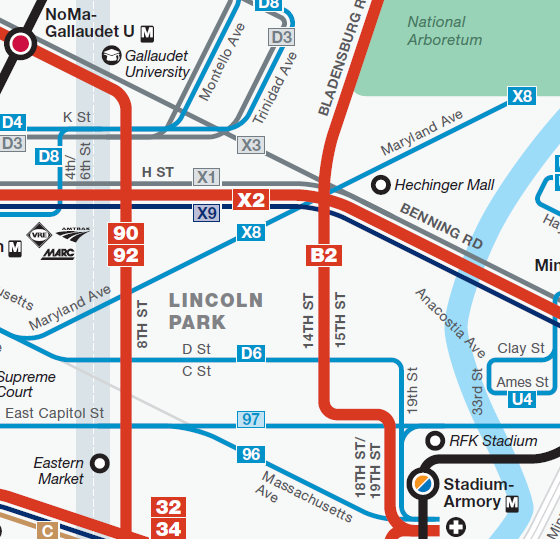Metro’s Office of Planning Welcomes Shyam Kannan
Metro is excited to welcome Shyam Kannan to the position of Managing Director of the Office of Planning. He offers the following statement to the online planning community.

Shyam Kannan speaking at the Capitol Riverfront BID's Annual Meeting. Photo credit: Tony DeFilippo Photography
After a decade consulting for real estate developers and public agencies alike, I learned the following:transportation drives development – always has, always will. The economic competitiveness of the Washington, D.C. region – especially in a rapidly-evolving global marketplace for talent and investment – is inextricably linked to the quality and appeal of its transit system. Furthermore, there is a window of opportunity right now as Metro continues to restore its aging system to a state of good repair to ensure that the right plans and visions are in place to guide the system – and the region – towards continued prosperity, vibrancy, inclusivity, and health for decades to come.
I look forward to working with Metro, the rider community, and our public leaders to bring forward-thinking and strategic solutions to the many challenges that the system faces and will face over the coming years. Admittedly, I’m a data hound, planning geek, transit aficionado – but I’m also a real estate economist, steward of public process, collaborator, and problem solver. Working to connect the dots and ensure that we have sound ideas that are not only beneficial to the region and sit on firm financial foundations, but also have measurable returns on investment is critically important to this office’s agenda, and we are wiring it into the DNA of everything we do.





 Just as Metro has standards guiding major policy decisions for its bus services, we are now taking the first steps in establishing a similar framework for its rail service. Service standards are important to define service quality and quantity as well as future capital investment needs, such as increasing core capacity and adding more service. As with any standard, there are constraints. Physical constraints include equipment, system capacity and tunnel throughput. In addition to physical limitations, there are budget constraints for staff, to make system investments or to purchase more rail cars. To begin the formalization of service standards, Metro is starting with three, simple key standards:hours of service, rush hour headway and rush hour capacity. Establishing the foundation for rail service standards now will allow us to add more quality standards in the future. Additionally, these service standards will provide a base for further discussions to come in Board’s strategic planning effort. To ensure we’re heading in the right direction, we’d like your input. Watch this video and then please provide your comments.
Just as Metro has standards guiding major policy decisions for its bus services, we are now taking the first steps in establishing a similar framework for its rail service. Service standards are important to define service quality and quantity as well as future capital investment needs, such as increasing core capacity and adding more service. As with any standard, there are constraints. Physical constraints include equipment, system capacity and tunnel throughput. In addition to physical limitations, there are budget constraints for staff, to make system investments or to purchase more rail cars. To begin the formalization of service standards, Metro is starting with three, simple key standards:hours of service, rush hour headway and rush hour capacity. Establishing the foundation for rail service standards now will allow us to add more quality standards in the future. Additionally, these service standards will provide a base for further discussions to come in Board’s strategic planning effort. To ensure we’re heading in the right direction, we’d like your input. Watch this video and then please provide your comments. 
Recent Comments